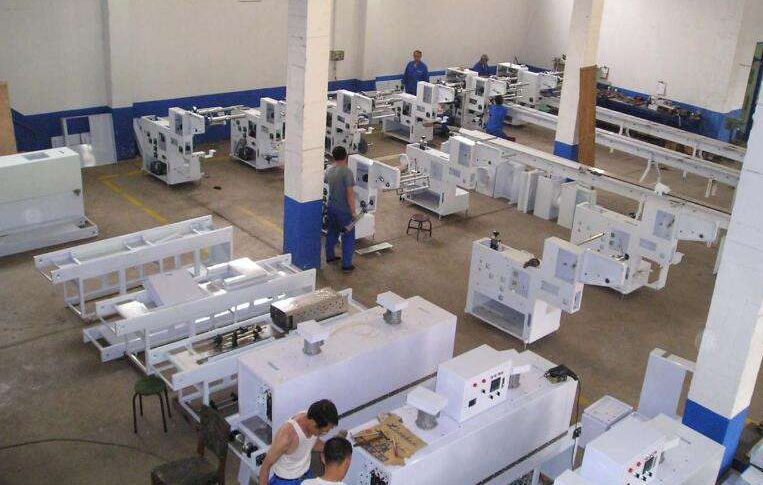With growing concerns over food safety, China has increasingly emphasized the importance of food testing technologies. In the past, many Chinese food machinery manufacturers overlooked the integration of advanced testing methods, focusing more on overall machine performance. However, as the demand for precision and reliability in food processing rises, there is significant potential for development in food testing technology. Sensing technology plays a central role in this field, enabling the monitoring of key factors such as temperature and location of food products.
Currently, integrated circuit detectors are widely used in foreign food processing facilities. These systems can detect the time of food spoilage, offering a quick and accurate method for quality assessment. The typical setup includes a scanner and a sensor. When the scanner is aligned with the food item, it emits a radio wave signal that causes the food to vibrate, generating a unique sound wave pattern that is captured by the sensor.
By comparing these signals with a standard database, the deterioration date of the food can be identified rapidly and accurately. This technology is no longer confined to production lines; as food testing becomes more critical in China, its application will continue to expand across various stages of the supply chain.

In machine vision systems, color-based vision technology is already being applied in food inspection. It helps assess the ripeness and quality of food based on visual characteristics. Additionally, wireless sensor networks are gaining popularity. Major international food processing plants have implemented these systems to collect real-time data on food handling, storage, and transportation.
Through wireless communication, consumers can now track the entire journey of their food, from farm to table, enhancing transparency and trust. In case of issues, regulatory authorities can quickly identify problems and take corrective actions, ensuring food safety at every stage.
Motion control systems are essential for the advancement of China’s food packaging machinery. As the technology matures, it enables precise position control and strict speed synchronization, which are crucial for operations like conveying, loading, unloading, palletizing, and marking. This allows for a clear distinction between high, medium, and low-end packaging equipment, supporting the industry’s technological upgrade.
The continuous nature of food packaging lines demands high performance in terms of speed, accuracy, dynamics, and torque—characteristics that align well with motion control solutions. Bus-type motion controllers, a key innovation in automation, offer great potential in the food packaging sector. With high-speed communication, they support multi-mode position control and efficient data exchange across multiple ports.
As China's food packaging industry shifts from labor-intensive to knowledge-driven, business leaders should prioritize motion control technology to reduce costs and improve product quality. This shift not only enhances efficiency but also strengthens the competitiveness of Chinese food packaging machinery in the global market.
Guangzhou Winson Information Technology Co., Ltd. , https://www.barcodescanner-2d.com
